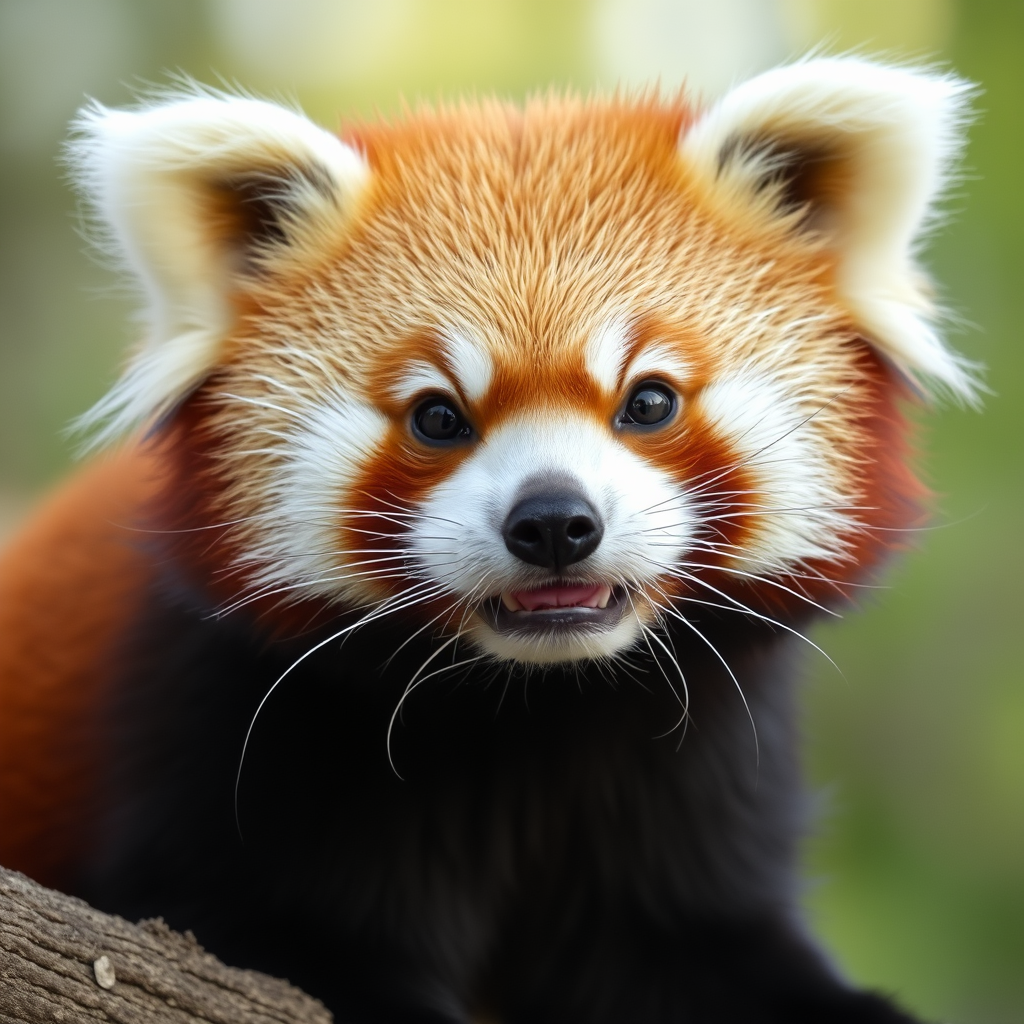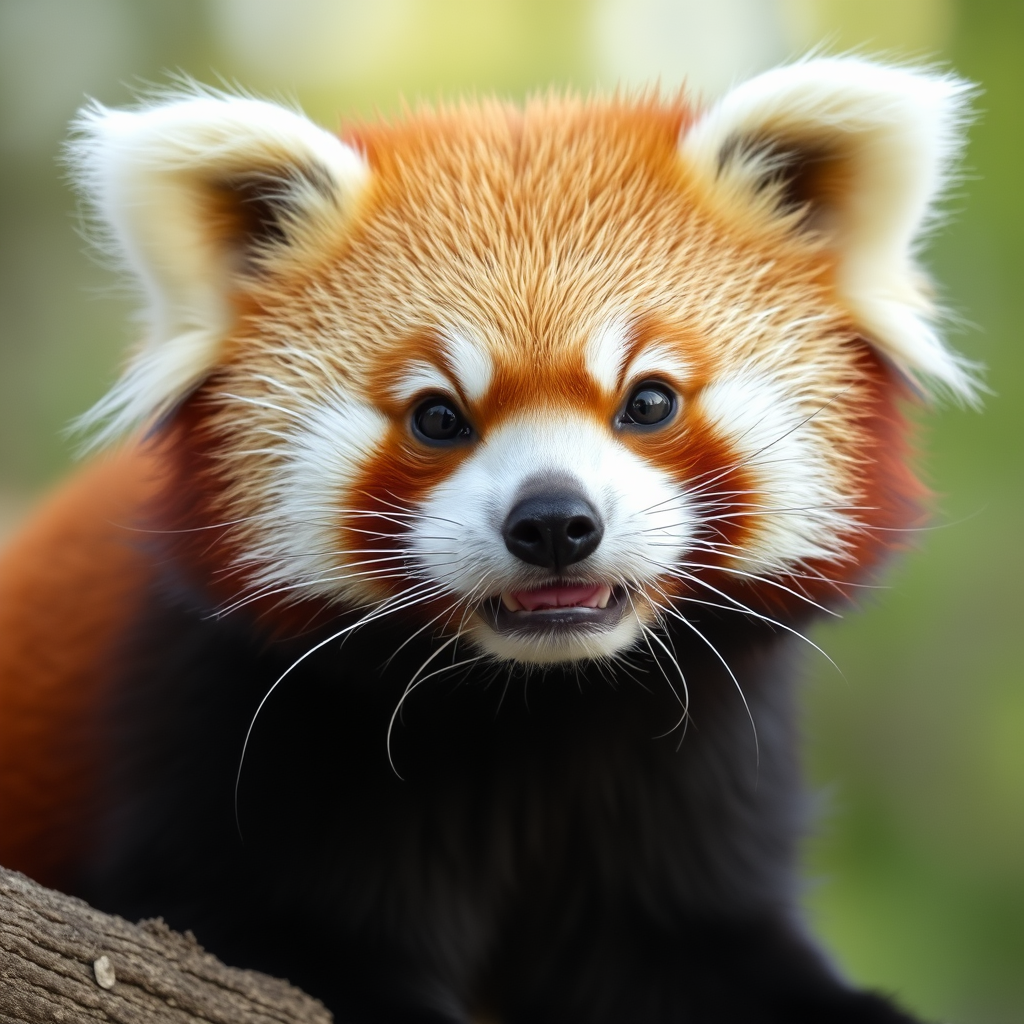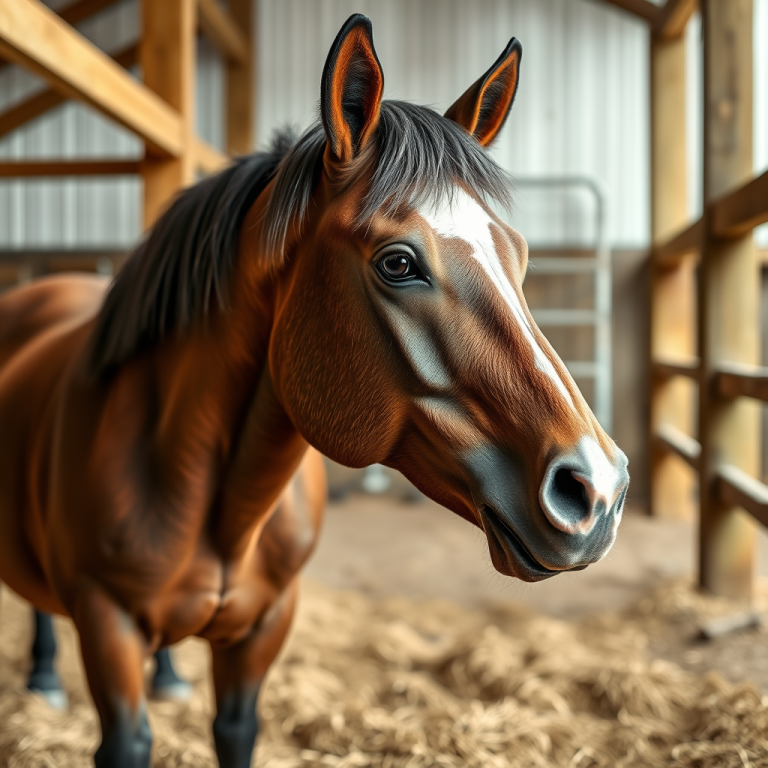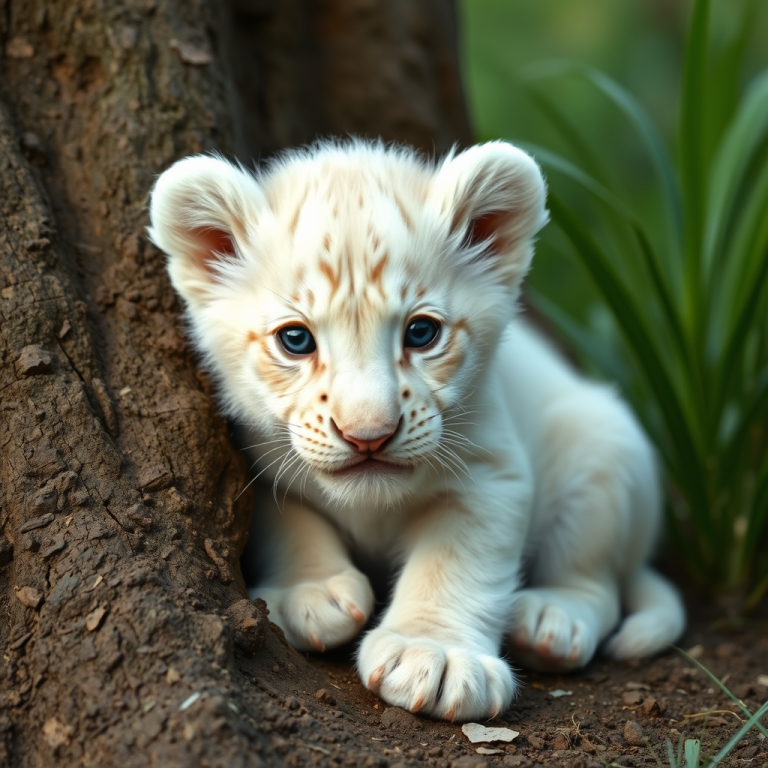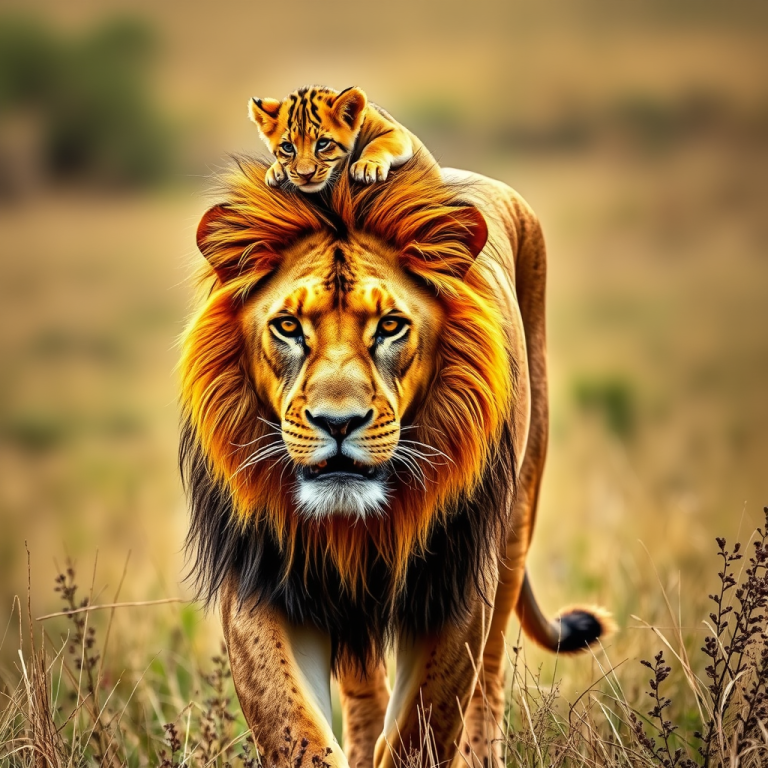The Quiet Charmer: Interesting Facts About Red Pandas
Red pandas are one of those animals that feel too perfect to be real. With their fluffy tails, curious eyes, and rust-colored fur, they almost seem like woodland spirits come to life. Found in the cool forests of the Himalayas and parts of China, Nepal, and India, red pandas live quiet lives high up in the trees—hidden, gentle, and incredibly unique.
They’ve been called many things—firefoxes, tree bears, and even “original pandas”—but whatever you call them, there’s no denying that red pandas are some of the most interesting, charming creatures on Earth.
What Is a Red Panda, Really?
Despite the name, red pandas aren’t closely related to the giant panda. For a long time, scientists struggled to classify them. They were placed with raccoons, then bears, and finally into their own family: Ailuridae. Today, red pandas are considered a species all on their own, with no close relatives in the animal kingdom.
That makes them biologically rare—one of a kind. They’re living fossils in a way, holding on to traits that have long disappeared from other animals.
A Life Lived in Trees
Red pandas are arboreal, meaning they spend most of their time in trees. They use their long, bushy tails for balance while climbing and wrap it around themselves like a blanket when sleeping. These tails aren’t just cute—they’re practical. In the cold mountain air, it helps them stay warm and hidden.
They’re most active at dawn and dusk, which makes them crepuscular. During the day, they curl up in tree branches or nap in hollow trunks, avoiding heat and predators. They move quietly and cautiously, almost like shadows drifting through the forest canopy.
A Surprising Diet
Red pandas eat mostly bamboo, just like giant pandas—but they also snack on berries, fruits, leaves, and occasionally insects or bird eggs. Their digestive system isn’t great at breaking down tough bamboo, so they need to eat a lot of it just to get enough nutrients. A red panda might eat over ten thousand bamboo leaves in a single day.
Because bamboo doesn’t provide much energy, red pandas are slow movers. They conserve energy by sleeping a lot and taking their time when they move, which adds to their gentle, dreamy presence.
Built to Be Different
Red pandas have several quirky traits that make them stand out. Their paws have fur on the soles to keep them warm in snow and help them grip icy branches. Their ankles are super flexible, allowing them to climb down trees headfirst—a rare skill in the animal world.
They also have a false thumb—an extended wrist bone that helps them grip bamboo. It’s the same trait that giant pandas have, but it evolved completely separately, which is a wild example of nature finding similar solutions in totally different ways.
And while they’re generally silent, red pandas can make a range of noises: squeals, huffs, and high-pitched whistles. These are used to communicate with other red pandas, especially during mating season or when warning off intruders.
Are Red Pandas Social?
Not really. Red pandas are mostly solitary, only coming together to mate or when a mother is raising her young. Each red panda has its own territory, and they use scent marking from glands on their feet and tails to keep others away. That said, they don’t fight unless they have to. Red pandas are pretty laid back.
When they do raise young, mothers are extremely protective and build soft nests in tree hollows or bamboo thickets. Cubs stay with their mother for several months before heading off to find their own territory.
Endangered and Overlooked
Sadly, red pandas are endangered. Their biggest threats are deforestation, habitat loss, and poaching. As forests are cut down for farming or development, red pandas lose the trees they depend on to eat, sleep, and stay safe.
There are fewer than 10,000 red pandas left in the wild, and some estimates say the number is even lower. Conservation groups are working hard to protect their habitats and raise awareness. Every tree saved and every forest preserved makes a difference.
Red pandas are also part of breeding programs in zoos and wildlife centers around the world, helping keep their population alive while educating people about their unique needs and beauty.
Final Thoughts
Red pandas are soft in every way—quiet, gentle, rare. They don’t roar or dominate their environment. Instead, they live calmly and carefully, holding their place in the world with grace. They remind us that strength doesn’t always have to be loud and that the rarest things often live in the quietest corners of the earth.
Seeing a red panda in person feels like seeing something magical. And maybe that’s because they are.
If you’re curious about the wonders of wildlife, stick around—there’s a whole world to explore at Wonder of Wild.
